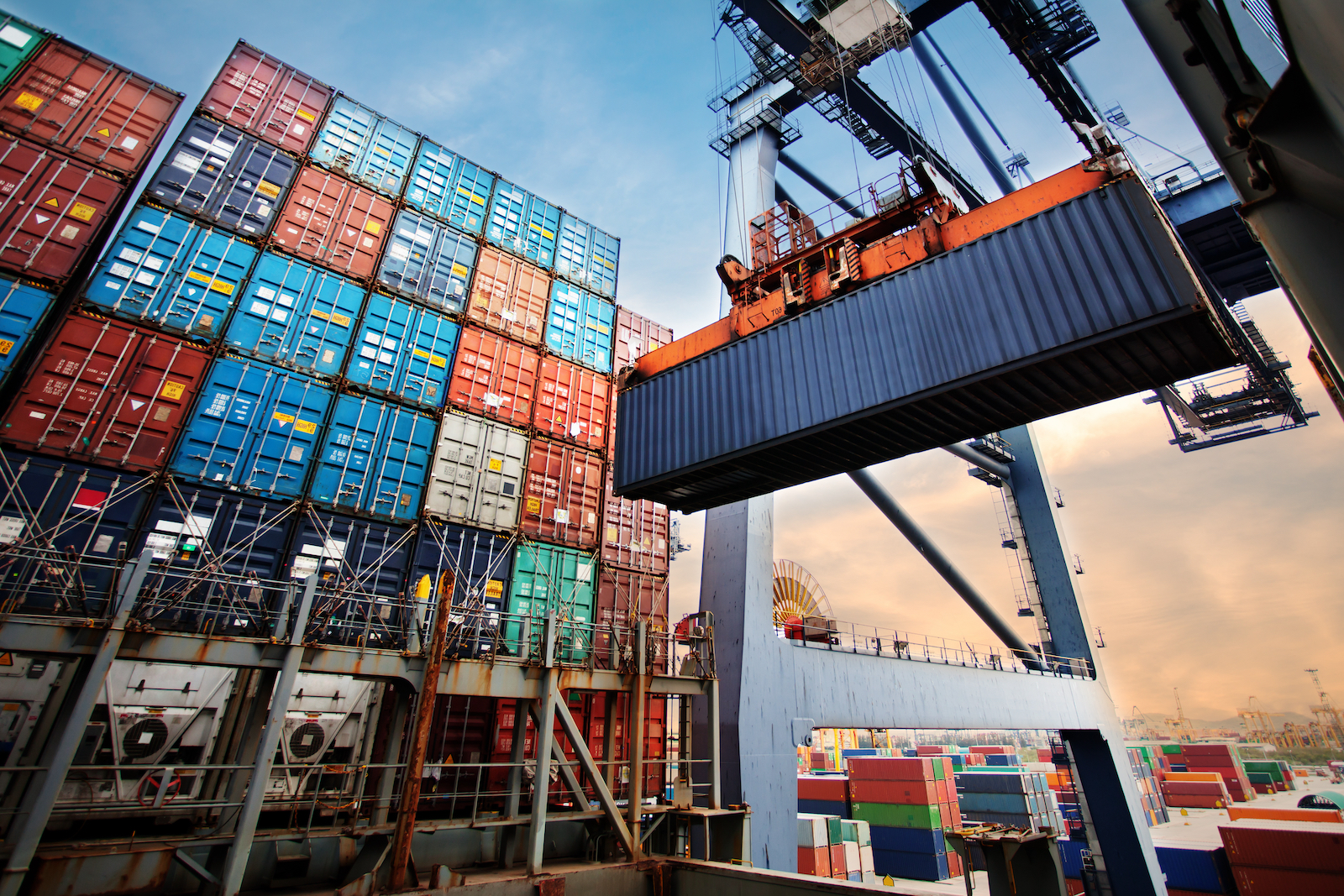
Business
On Eve of Elections, India Secures Pivotal $100bn Trade Agreement
India has successfully brokered a comprehensive free-trade pact with the European Free Trade Association (EFTA), consisting of Norway, Switzerland, Iceland, and Liechtenstein, injecting a staggering $100 billion investment into the Indian economy. This accord represents a significant step forward in international trade partnerships.
The pact is designed with the objective of curtailing tariffs, simplifying investment frameworks, and enhancing the trade of goods and services. This move is expected to forge a dynamic economic alliance.
Indian Prime Minister Narendra Modi, writing on Twitter, declared this agreement a milestone that heralds a new chapter in relations with the EFTA countries. This “landmark pact underlines our commitment to boosting economic progress and create opportunities for our youth. The times ahead will bring more prosperity and mutual growth as we strengthen our bonds with EFTA nations,” Modi wrote.
Emphasizing the deal’s potential to spur economic advancement and generate employment, particularly for the youth, Modi envisaged a future marked by shared wealth and integrated growth with the EFTA nations. Indian exports such as IT and business services are forecasted to see a substantial increase, according to Indian Commerce Minister Piyush Goyal.
“For the first time that we are inking a free-trade agreement with a binding commitment to invest $100 billion in India,” Goyal said. “It is a modern trade agreement, fair, equitable, and win-win for all five countries.”
Finalized after persistent negotiations spanning over a decade and a half, the deal entails India’s agreement to abrogate most import tariffs on industrial products from the EFTA countries, who, in turn, are set to make significant investments in Indian industries, including pharmaceuticals, machinery, and manufacturing, over the next 15 years. The agreement intends to broaden market access and streamline customs operations, benefiting both regional economies and businesses.
Prior to its activation, the agreement is subject to ratification by the parliaments of the nations involved, with Switzerland slated to initiate this process by the following year. This trade pact materializes as India is on the cusp of a general election, with Modi aiming for a third term in office, and as India continues to enhance its global trade networks, evidenced by recent accords with Australia and the United Arab Emirates.
One of the key benefits of this free-trade agreement is the amplified market access it provides to Indian exporters, which is likely to significantly enlarge India’s economic footprint in Europe, thereby energizing export-oriented industries. Increased trade is slated to propel economic growth, with India aiming for higher GDP growth rates and the EFTA countries looking to capitalize on India’s extensive market, reaching its growing middle class and diverse industrial requirements.
The agreement also encompasses provisions that incentivize foreign direct investment by simplifying the investment climate, which is expected to heighten European investment in India. This, in turn, may lead to new employment opportunities, technological advancements, and infrastructural progress.
For the EFTA states, this accord represents a strategic opportunity to diversify their supply chains, aiming to lessen their reliance on a limited cadre of trading partners and to buffer against potential supply chain disturbances.
The anticipated reduction or elimination of tariffs and non-tariff barriers through this agreement is predicted to result in decreased costs for consumers in both regions, offering a more diverse array of products at competitive prices.
Furthermore, the agreement is poised to solidify the political and strategic relations between India and the EFTA nations, an asset that is increasingly critical in a globally interconnected yet unpredictable landscape.
Experts involved in crafting the agreement point out that it encourages standardization and regulatory cohesion among the member countries, potentially leading to enhancements in product safety, environmental preservation, and labor standards.
While the benefits of the agreement are considerable, it remains crucial to consider potential implications for domestic industries that may confront heightened import competition and to ensure that the economic benefits of the deal are distributed fairly across the populace.
The intricacies of the negotiations, which required a balancing act of various interests, aimed to procure outcomes that were beneficial for all parties involved and sustainable over time. This agreement is a precursor to a promising new era for India, and with further potential trade negotiations with the United Kingdom and others, it could mark the beginning of even greater economic dividends for the citizens of both India and the European nations involved.

